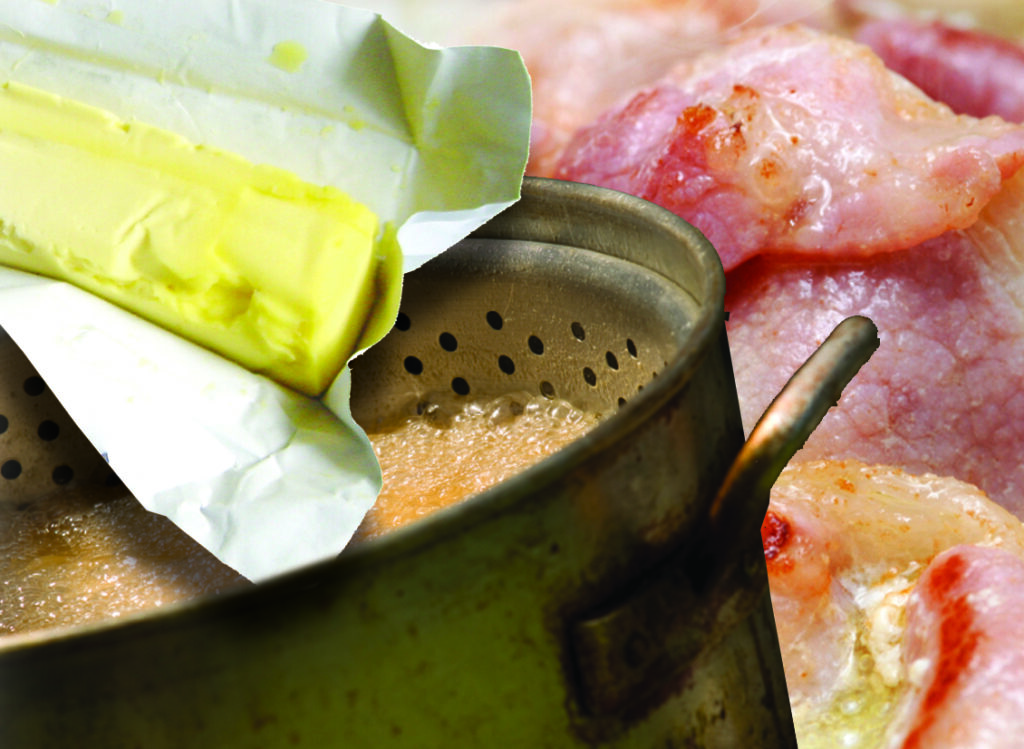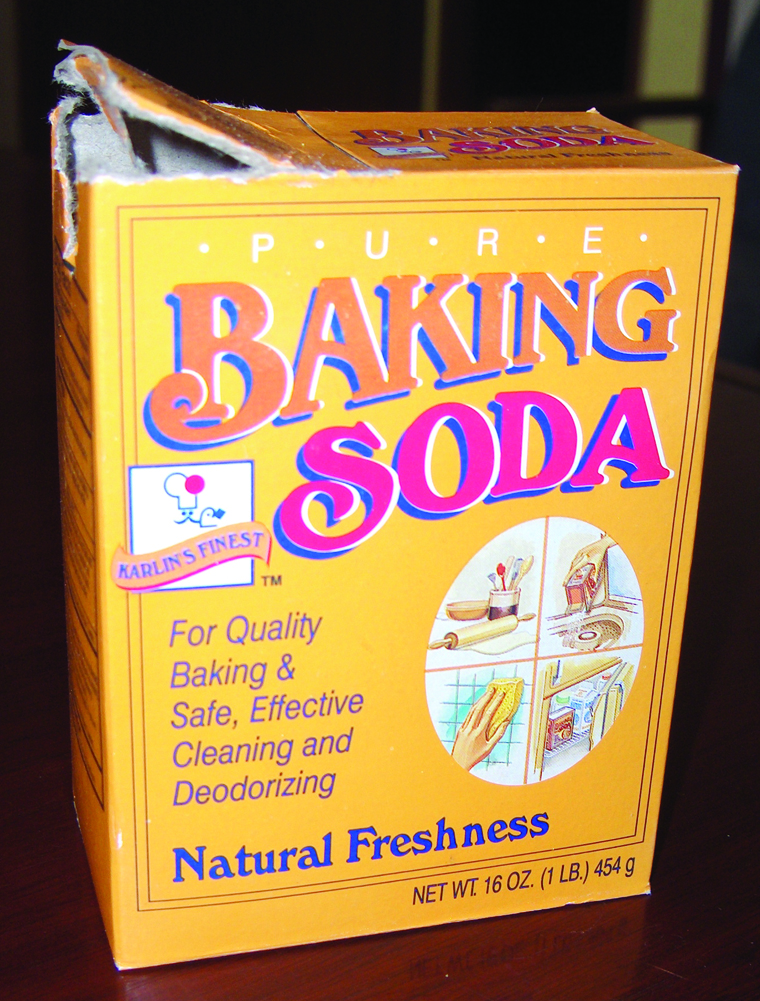Your Sink’s Worst Nightmare: Grease
Clearing the fog on FOG
FOG stands for “fat, oil and grease.” It is the liquid and solid by-products of cooking. FOG from food clings to the inside of your home’s plumbing and the pipes in the sewer system. Over time, it builds up like plaque in an artery. It decreases the pipe’s diameter and allows less and less wastewater to pass through. As in your body, it is a gradual process and is hard to notice until circulation stops functioning like it used to. First the plumbing slows down and then completely clogs. The consequence can be an overflow of wastewater in your home or neighborhood. Besides being unpleasant, a wastewater overflow is dangerous and may contain disease-causing organisms.

What qualifies as grease?
- Grease from meats such as beef and pork
- Oils
- Shortening
- Butters and margarine, including peanut butter
- Sauces and dressings
- Lard
How do I get rid of FOG?
Use the Where Does it Go? Search Tool for information on how to reuse, recycle and dispose of FOG.
How to Clean Your Drain

Commercial drain openers aren’t a good solution because they inject chemicals that are tough to remove. While calling a professional is still the safest option for your plumbing, we know it’s not always practical. Try this safe and inexpensive alternative. It’s like chicken soup for your sink.
Easy Drain Cleaner
- Use a plunger first, though not after using any commercial drain opener.
- To open clogs, pour 1/2 cup baking soda down the drain, add 1/2 cup white vinegar and cover the drain. The resulting chemical reaction can break down fatty acids, allowing the clog to wash down the drain.
- Do not use this method after trying a commercial drain opener. The vinegar can react with the drain opener and create dangerous fumes.
A Simple Regimen for Healthy Plumbing
- Use a strainer to separate grease or oil from cooking scraps or other solid food waste. Then scrape the solids into the trash instead of washing them down the drain or into the garbage disposal.
- After cooling, pour grease and fat into a disposable container. Place the container in a plastic bag to reduce odor and put it in the trash.
- Remember your home’s plumbing is only meant to handle water, and though convenient, the garbage disposal isn’t capable of handling fat and grease.
Contact Information
Questions? Contact Pinellas County Utilities Customer Services at (727) 464-4000.